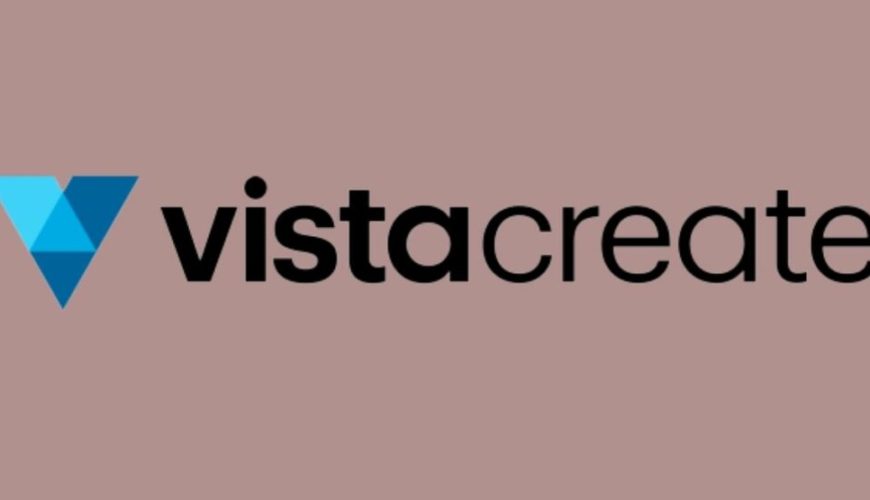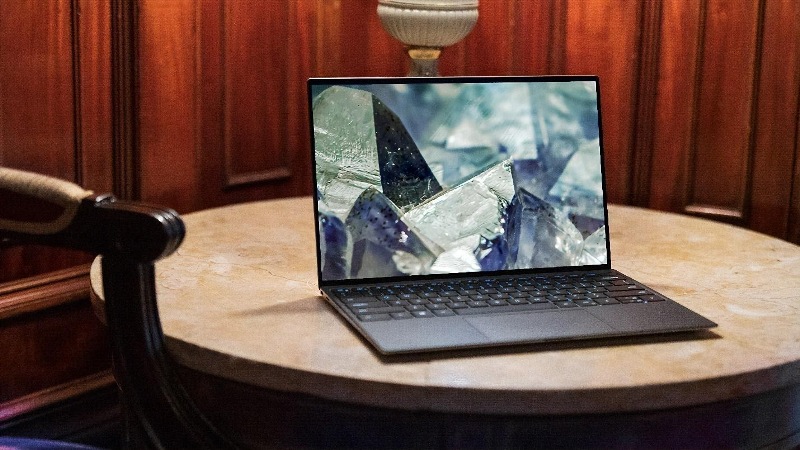If you have even the most cursory understanding of internet technologies then you have, in a probability, heard about the new kid on the block, Fiber Optics based internet. You’ve probably heard how this new technology is revolutionizing access to high-speed internet by providing, literally, lightning fast speeds.
Well, you’ve heard right. At least as far as the speeds and revolution bit are concerned. But here is the deal, fiber-based internet, despite having become popular only recently is not a new technology.
In fact, fiber optics have been around for at least half a century, at least. The first viable fiber optics strand was invented in the 1960s.
In addition to relaying information at outstanding speeds, fiber optics cable is also extremely durable. Owing to this durability fiber-optic cables have long been deployed by governments and multinational corporations alike to transmit signals over huge distances.
And by huge distances we mean, between continents. In fact, fiber optics cable has formed the backbone of the modern, World-Wide internet from the very beginning. Today, massive networks of thousands and thousands of miles worth of fiber optics cable are submerged under the ocean and provide basic infrastructure for more than half of the world’s communication needs.
So, if the technology has been around for so long, why is fiber optics internet just becoming a thing? The answer is fairly simple, cost. Being so reliable and fast-paced fiber optics cables are not cheap to manufacture, lay down, and even maintain. So, for decades its use was limited to roles where using these cables was of the utmost necessity.
But today, owing to booming demand for highspeed broadband internet, an increased consumer base and people’s willingness to spend more for connectivity has prompted internet service providers to lay down networks of these cables over land.
Dozens of Internet Service Providers (ISPs) like Smithville Internet have invested huge amounts of money to establish fiber optics networks that beam astoundingly fast internet to our homes.
So, let’s start by getting a deeper understanding of what fiber is and how it works.

WHAT IS FIBER-OPTIC?
At the most rudimentary level, fiber optics is just a cable and nothing more. What sets it apart is the material it is made of.
Traditional cables like the ones used to connect our phones to each other were made of copper. While our Televisions are connected to the cable using Coaxial cable lines. Both these materials have very resistance rates. In simple words, signals travel through these materials at a very slow pace.
Fiber cables on the other hand are made up of glass fibers. These glass fibers are extremely thin, about one-tenth the size of an average strand of human hair. Internet signals pass through these glass fibers as laser pulses or as photons of light at about only 30 percent less than the speed of light. This explains the whopping speeds offered by these cables.
Normally, these fibers are bundled together and coated with two to three layers of different types of cladding materials. Because the glass fibers are very sensitive and if the fiber bends even a little it will stop relaying.
FIBER VS ALTERNATIVE INTERNET TECHNOLOGIES
Now, that we have a very basic understanding of what fiber optics are let’s talk a little about how it compares to other forms of internet technologies.
ENDURANCE
Contrary to intuition, fiber optics cables are extremely durable. They perform extremely well in extreme environments, like the bottom of the ocean. Copper and Coaxial cables on the other hand do not perform optimally when submerged under water for long durations of time.
Similarly, fiber optics have very low attenuation rates. In simple words, this means that signals passing through fiber-optic cables do not lose their strength when traveling over longer distances. Copper and Coaxial cables, especially copper cables, have high attenuation rates. In simple words, the farther you are from the source the slower your connection and the weaker your signal.
Because of these above-mentioned reasons, fiber optics are the optimal choice for intercontinental internet networks.
And though satellite internet signals travel farther without losing any strength at all, satellite signals are greatly impacted by extreme weather events like storms. While fiber optics endure without a hitch.
SPEEDS
Fiber optics offer download speeds of up to, and even greater than, 1 GBPS. While cable and DSL offer average speeds of 10 MBPS – 500 MBPS and 5 MBPS – 35 MBPS respectively. And most satellite internet providers offer max speeds of up to 25 MBPS.
The differences are self-evident, right?
COST
Fiber optics are expensive to set up and maintain and hence costs generally tend to be much higher when compared to DSL and cable-based internet providers. But as the technology scales, prices are expected to fall significantly.
AVAILABILITY
This is perhaps the biggest drawback of fiber-based internet. It is not available to everyone. Over 85 percent of Americans have access to DSL internet and almost 88 percent of us have access to cable internet. The reason is that these types of connections rely on networks that were already laid down for cable TV and telephones.
Fiber is still in its infancy. Only 43 percent of Americans have access to fiber-based internet connections. Though coverage is expanding quickly to keep up with demand.

FINAL THOUGHTS
Fiber-optics-based broadband is the future of internet connectivity, without a doubt. The technology beats out its counterparts on each parameter ranging from speed to endurance. The only issue is that being a new technology it is not available to all of us.
But availability is improving rapidly and soon none of us will have to compromise and that will be the certain death of DSL and cable-based internet.




